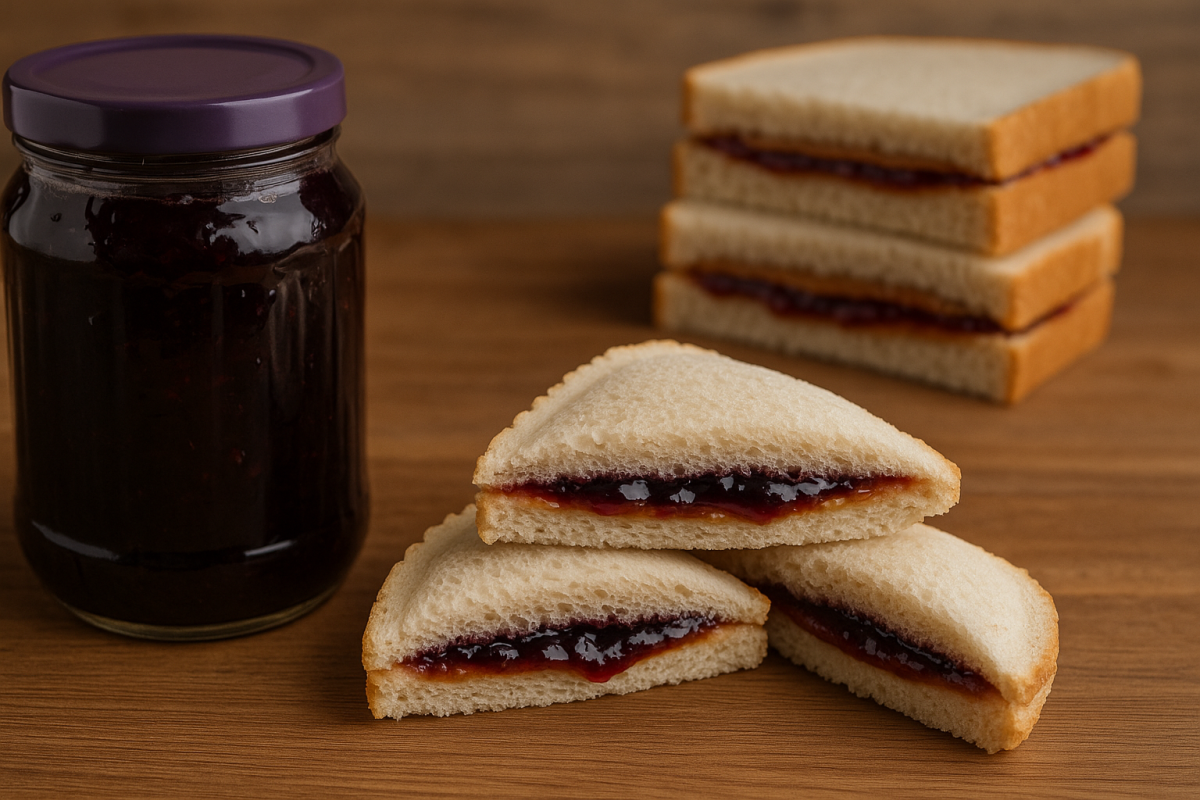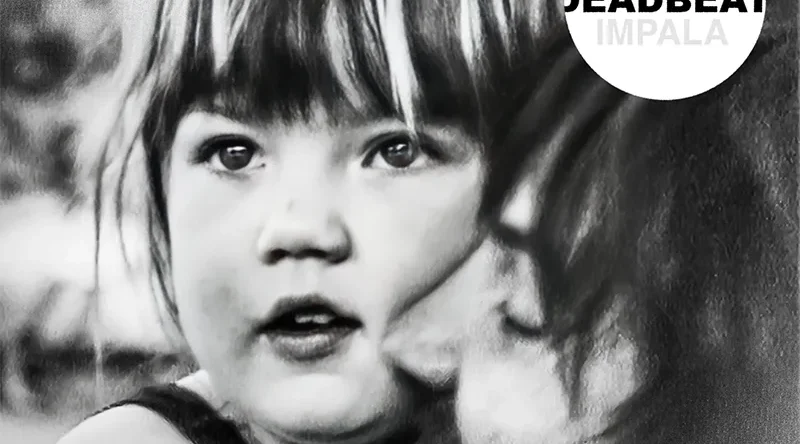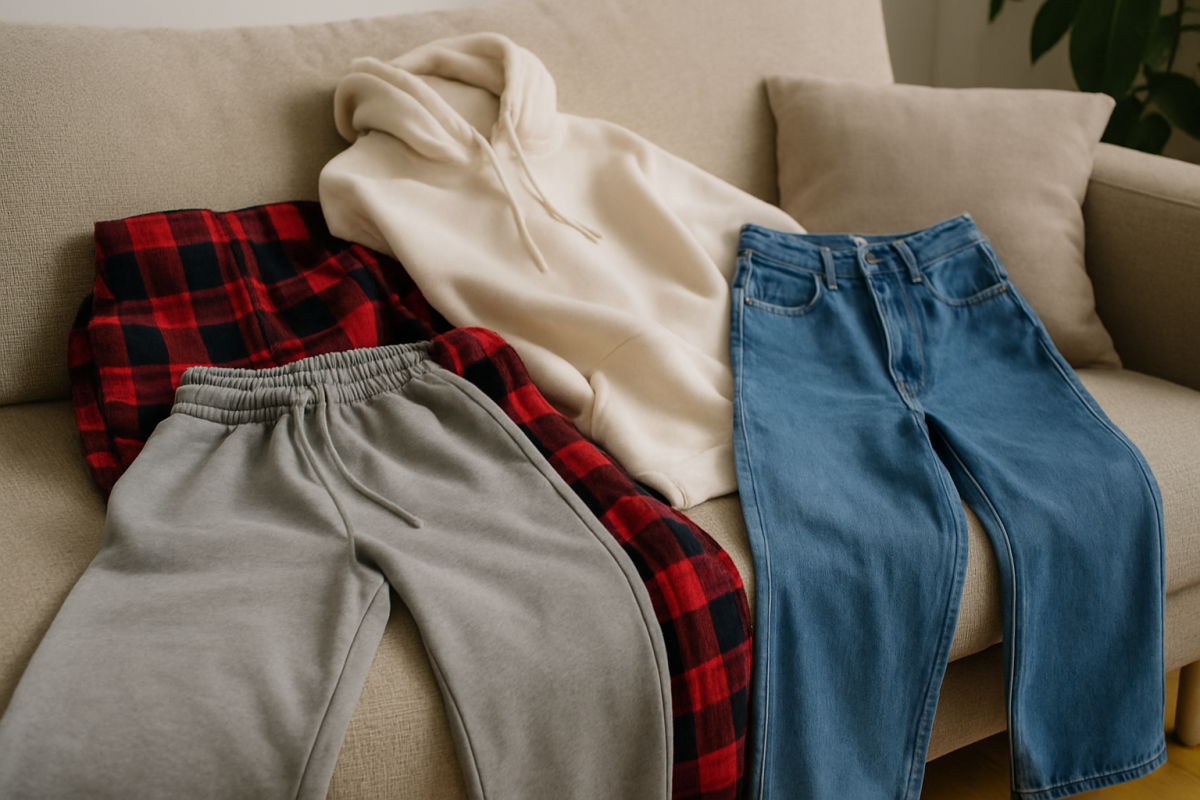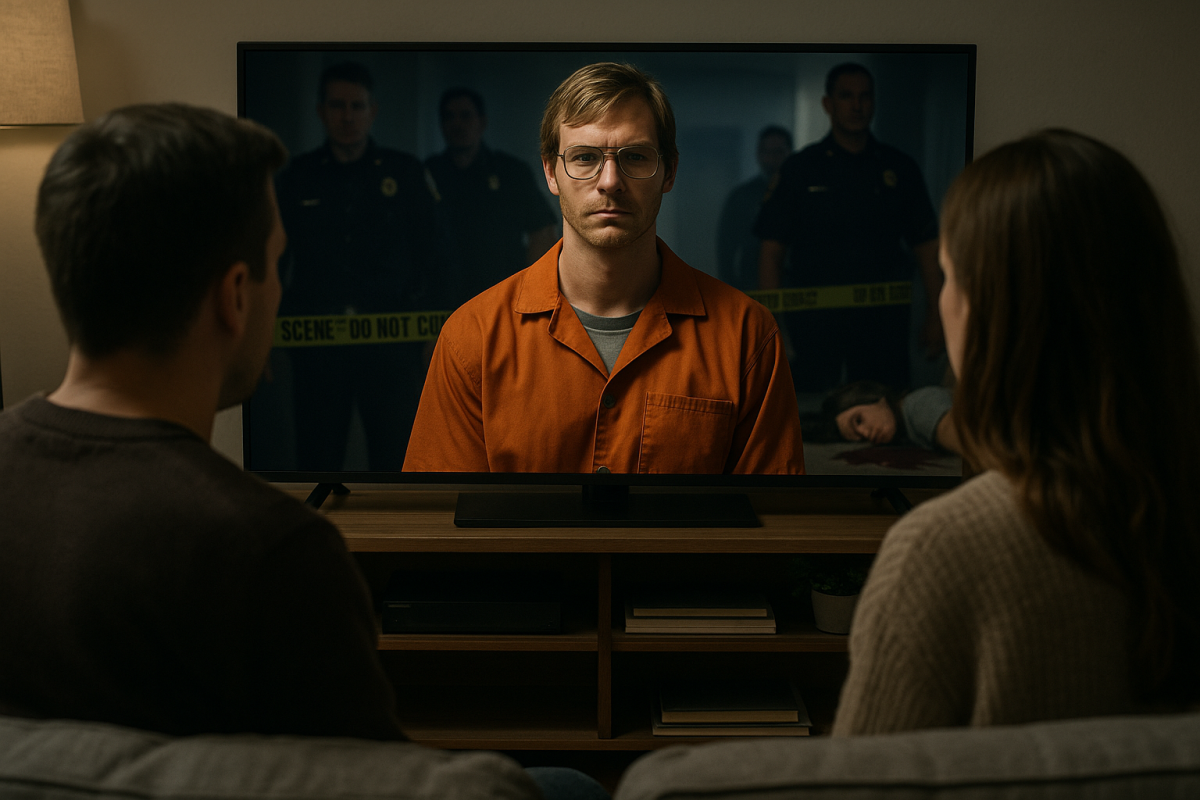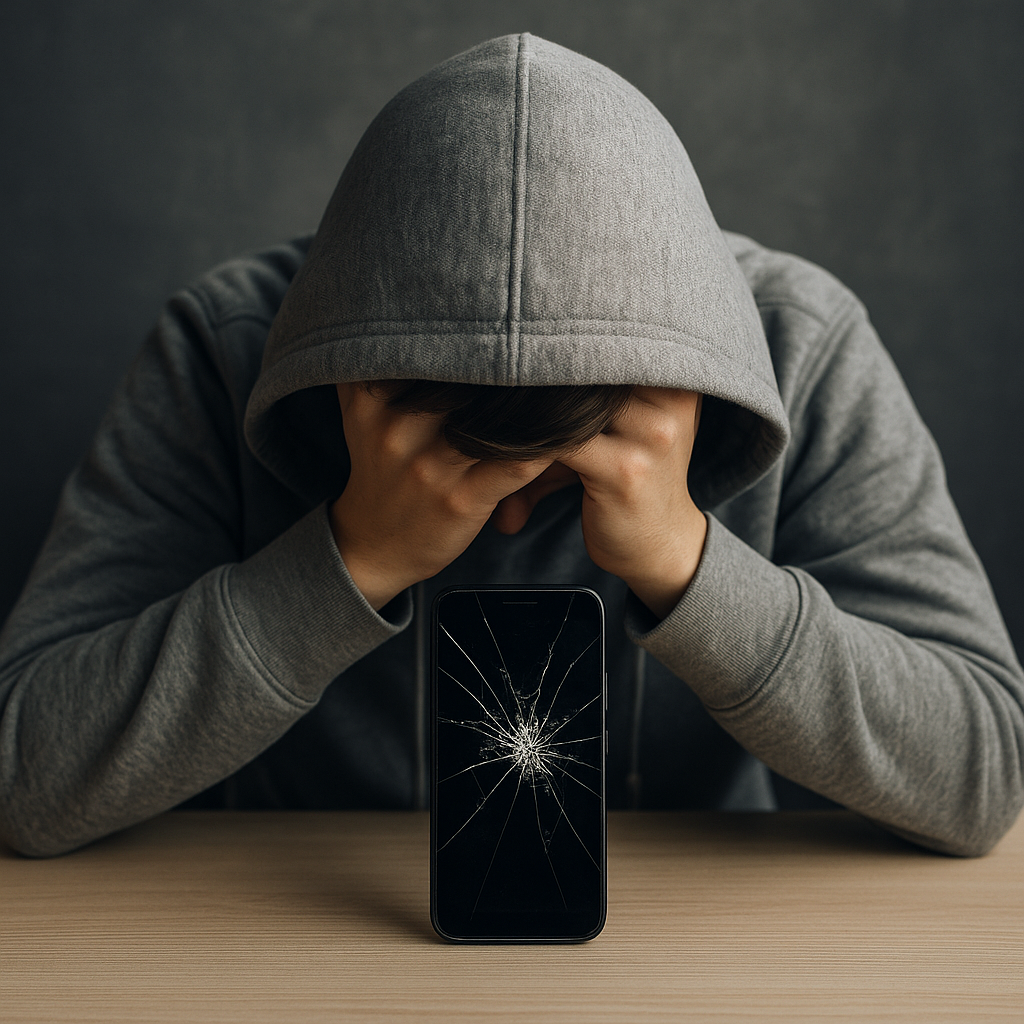Everyone has that one thing that they would like to try and avoid at all costs. No matter if it affects their life on a routine basis or appears every once in a while, phobias plague all of us. John Hopkins Medicine defines a phobia as “an uncontrollable, irrational, and lasting fear of a certain object, situation, or activity.” This can lead to a wide variety of phobias that range from common ones that everyone has heard of, like claustrophobia, the fear of enclosed spaces, to super outlandish ones that are extremely specific to a certain crowd of people, like arachibutyrophobia, the fear of peanut butter sticking to the roof of your mouth. Regardless of what the phobia is, no matter how silly or severe, it still creates a lasting impact on the person it’s affecting.
Phobias can be categorized into one of the following three categories: specific phobias, social phobias, and agoraphobia. Specific phobias are irrational fears of a particular object that present themselves through different severities depending on the person. This is the largest phobia category by far, as many people latch onto a particular fear despite knowing that general harm is unlikely.
The next type is a social phobia, which is more of an anxiety disorder as opposed to a phobia. People with social phobias usually experience extreme embarrassment or humiliation when put in public performance situations. These intense anxious feelings build up throughout this uncomfortable social experience and create the phobia.
The last phobia category is agoraphobia which builds off of the social phobias in a more intense manner. Agoraphobics are prone to consistent panic attacks that stem from the fear of another one following, but the underlying reason is ultimately stress. This phobia is by far the most severe, as some extreme cases prohibit the agoraphobic from leaving their house to prevent unwanted stress. The wide range of phobia severity depends solely on the people they’re affecting and their functioning. In America alone, around 19 million people have at least one phobia and the ways people are affected vary with each case.
The causations for specific phobias can be derived from a variety of things; however, the foundations for most phobias come from either biological, psychological, or social factors. Phobias can blossom through genetics, which explains the biological cause. Oftentimes, these phobias, and responses to them, are passed down through generations, even if it goes unnoticed. For example, a parent could have an intense fear of enclosed spaces and never put their child in an area of tight spaces at the expense of their own fear. Eventually, when the child is put in a situation where tight spaces are involved, the child unintentionally develops the fear for the small space as well because they were never acclimated to the conditions prior.
The psychological factors are similar in the sense that they go unnoticed. Those who respond with disgust to certain elements are more likely to develop specific phobias because of how they deal with interactions with objects they don’t enjoy. Sometimes the psychological causes are noticeable, but the majority of times, these phobias develop over time, as the affected person doesn’t realize that they are ultimately just disgusted with most things and the phobias develop as a consequence.
The final, and most common cause, is the social/environmental one. This is typically where the person affected encounters a certain object at some point in their life and has a negative experience. Following this event, every encounter with the particular object is ultimately one that generates fear. No matter the cause, all phobias are individual to the person they affect.
There are over 500 named phobias in current existence, and most of them are completely unheard of. This list has yet to include super extraneous ones that are specific to an extremely small crowd. Regardless of how common or rare the phobia may be, it’s extremely important to remember that phobias can be extremely serious for some people; they can also be humorous and completely light hearted for others, but at the end of the day, all fears are valid.
ARACHNOPHOBIA (fear of spiders)
The fear of spiders has plagued the human race for years, dating back to when humans had no cure for venomous insect bites. Despite the vast medical advancements that have been created over the years, the fear of insects, and spiders in particular, is still very prominent in the world today. Most people draw upon the social cause for this fear, as the typical response to an insect invading the bedroom calls for a shriek of panic. However, some still rely on past experiences to validate their fear. Jayda Cogar ‘26 developed her fear of spiders when she learned their venom can cause potential death. While this is typically a rare scenario, her fear was consolidated in a very negative experience.
“I was in the car and there was a spider on my leg, and I was yelling at my mom to get it off, my window was open but she didn’t know that. So she threw the spider out the front window and it ended up coming back in my window and landed on my neck,” Cogar said.
Many arachnophobes have had similar experiences to Cogar, but some cases are much worse than others where the mere image of a spider or insect causes an overwhelming panic to absolve the person. While the fear of spiders, and other creepy crawly insects, is super common, the fact that venomous bites are extremely rare is a comforting thought for the next time a petty insect invades a common area.
CALXOPHOBIA (fear of chalk)
While some phobias are easily understood by the average audience, the fear of chalk is usually a harder one to get behind. Many of those who are affected by chalk usually have a problem with the texture of it in their hands; therefore, they have trouble using it, whether it be on the sidewalk or in the classroom. On top of the feel, the noises produced by chalk squeaking on a chalkboard can also be triggering to the typical calxophobe. Tess Peel ‘24 has had a developing fear of chalk over the years, dating all the way back to her eighth grade Spanish class where she was forced to write on chalk on the board on a daily basis. Since then, the fear has only intensified.
“My phobia of chalk used to not be prominent in my life until I had Mr. Darrah. Love him, but he scratches it on the board and gets the dust everywhere. There are many instances in class where I have to cover my ears or turn away from him,” Peel said.
Calxophobia may seem like a more unserious phobia; however, it has a growing audience on TikTok that can’t help but agree with the bizarre fear. Even though the fear of chalk affects a smaller crowd, most people would agree that they can’t stand nails on a chalkboard and that is what gets calxophobes the most.
ACROPHOBIA (fear of heights)
The number one, most common phobia of all, is the fear of heights. Whether it be a roller coaster coming in at over 200 feet tall or a simple ladder that’s just under ten, any above average height gives acrophobes a racing heartbeat. Those who choose to avoid taller structures like bridges, towers, and buildings, generally are scared of reaching tall heights that will instill an intense amount of stress and panic amongst themselves. Spanish teacher, Mrs. Garritano, has a fear of heights because of her racing thoughts that take advantage of her mind during vulnerable times. She doesn’t necessarily always fear heights, but when she knows there may not be a solid ground beneath her, the thoughts run rampant through her mind. Each spring, she washes her windows with her husband, and one time she assisted and panicked.
“I got up there and all of a sudden I thought, OMG WHAT IF I PASS OUT I’LL DIE OMG OMG OMG I’M TOO YOUNG TO DIE OMG OMG OMG I WOULD SPLIT MY HEAD OPEN ON THE CONCRETE OMG OMG OMG OMG. The whole time I knew that by thinking about it, I would only bring on a panic attack yet it was all I could think about,” Garritano said.
No one ever receives much judgment for having a fear of heights because it’s so common and affects more than six percent of people. Most acrophobes just avoid abnormal heights at the expense of their fears and any of the sequential results that are most often panic attacks. Even though the roller coaster capital of the world is located within state limits, a good majority of Ohioans still hold the fear of heights and will avoid this place at all costs.
TRYPANOPHOBIA (fear of injections)
A large majority of people experience a hatred towards needles and getting shots at a young age; however, many eventually grow out of this fear. The phobia for the fear of injections usually presents itself through extreme dread when entering the doctor’s office for a medical visit, or in worse cases, elevated heart rates that make medical treatment increasingly difficult. Despite the lessening of the fear throughout adolescence, 20-30% of adults remain affected by trypanophobia, whether it be slight discomfort that forces them to look away during the procedure or extreme panic that can lead to passing out. Kylie Thomann ‘24 developed her fear of injections as a child when she got a shot at the doctor for the first time. Growing up, the fear was prevalent in her life, but she is finally at a point where the fear is declining.
“Every time I get shots I get really scared. I have gotten better at it now, but I still can’t look at the needle. Up until a year ago, I used to cry every time I got shots,” Thomann said.
The fear of injections is a more common phobia that many other people understand. While the severity of this phobia presents itself in a variety of forms, the fear of injections can prevent people from seeking required medical attention, which follows with many negative consequences.







